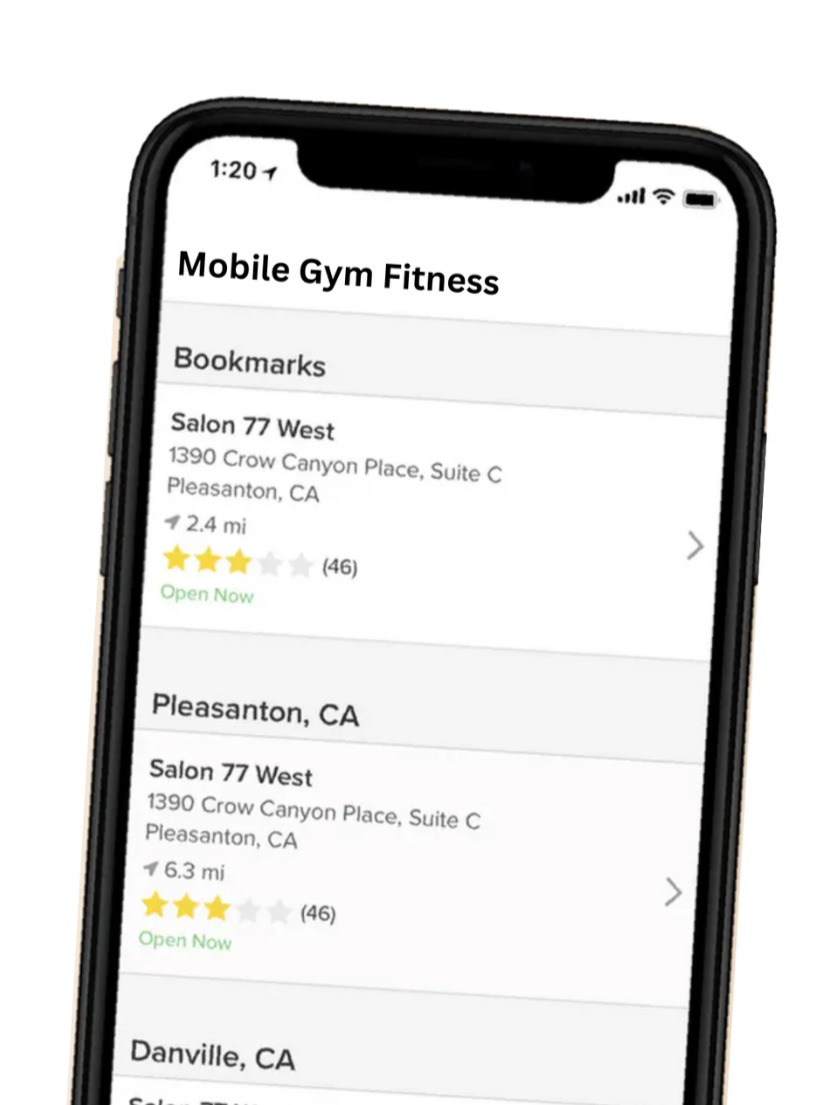Find your Personal Trainer
Mobile Gym Member Info
Looking to Join Our Team?
Franchise Opportunity
Effortless Booking
Book classes and personal training sessions with ease.

Mobile Gym Fitness App – Your Ultimate Fitness Companion!
Take your fitness journey to the next level with our new Mobile Gym Fitness App—designed for customers and franchisees to easily book classes, manage workouts, and streamline gym operations.
Signing up is so easy with our MGF App

Streamlined Management
Simplify scheduling, payments, and customer communication, all in one place.

Our Current Partners
Mobile Gym Fitness UK is proud to partner with Future Fit Training and Focus Fitness UK, two of the leading names in health and fitness education. Through these partnerships, we ensure our trainers receive top-tier qualifications and ongoing professional development, allowing us to deliver the highest standard of mobile personal training across the UK.
Join us in transforming the Fitness Industry!
As a partner, we will work together giving your Learners/Members a clear pathway into the fitness industry with new business opportunities. Let’s work together to make fitness more accessible.
Partnership page
The Mobile Gym Fitness Podcast
This podcast is tailored specifically for fitness professionals to achieve success in the fitness industry
Benefits to join!
- Expanding your network within the fitness industry.
- Sharing your knowledge and expertise with fellow fitness professionals.
- Promoting your business or personal brand.
Become a guest in our podcast!



